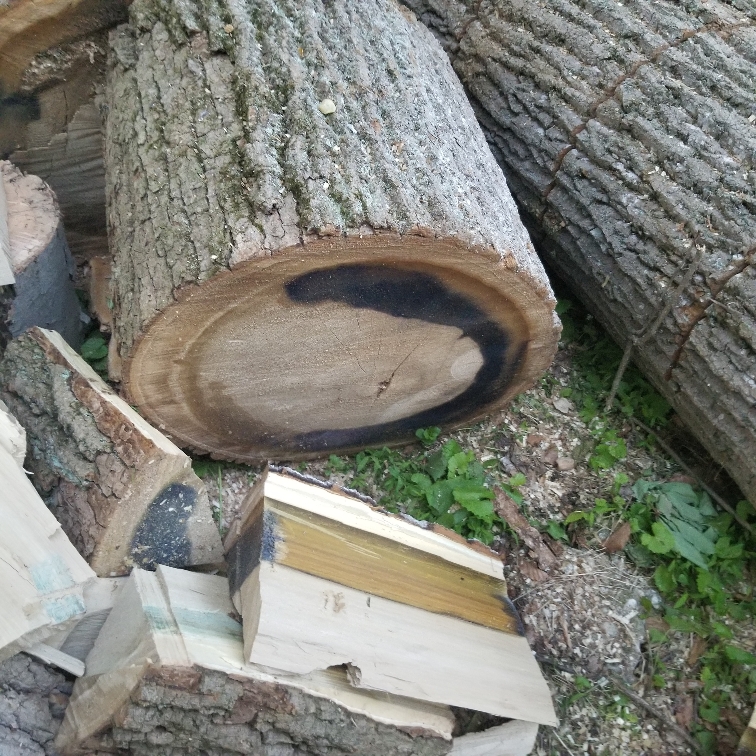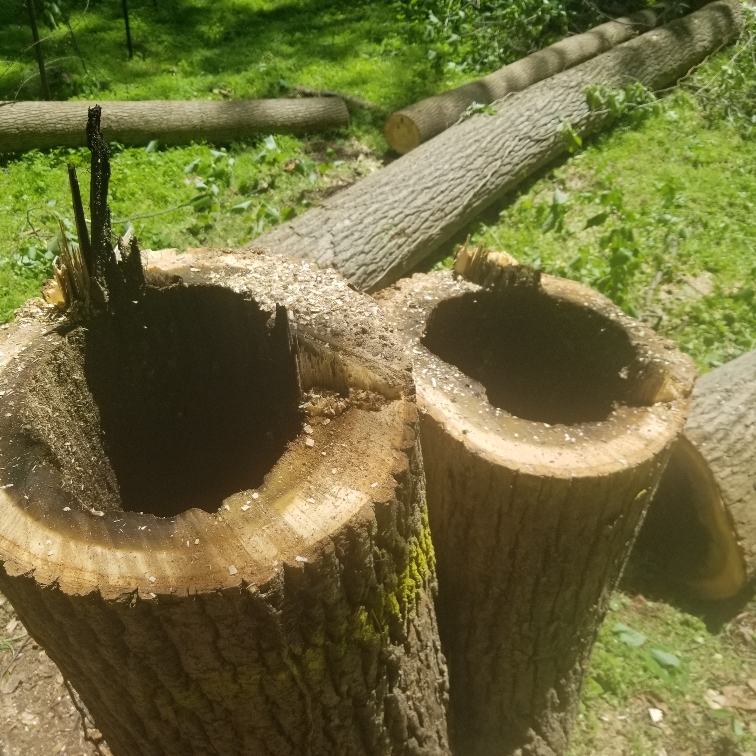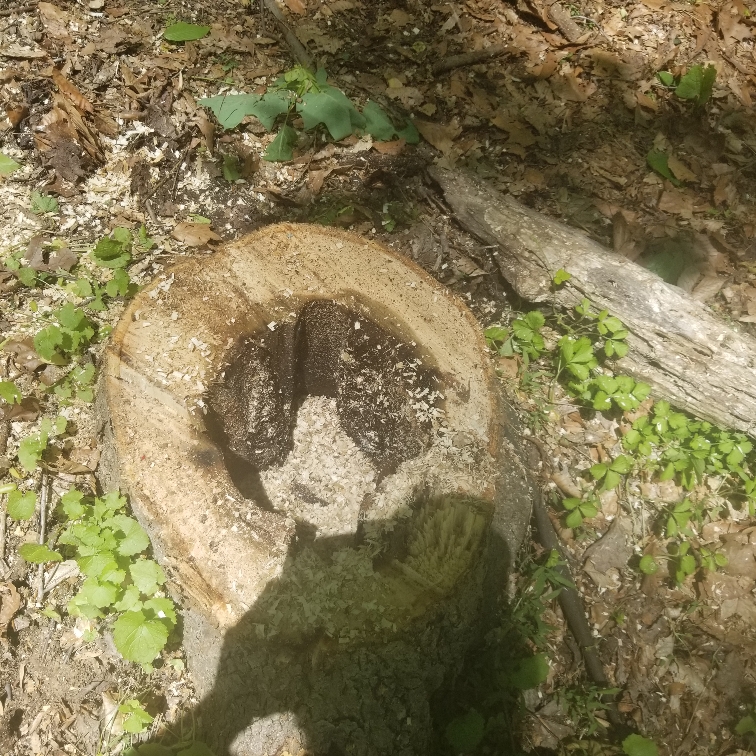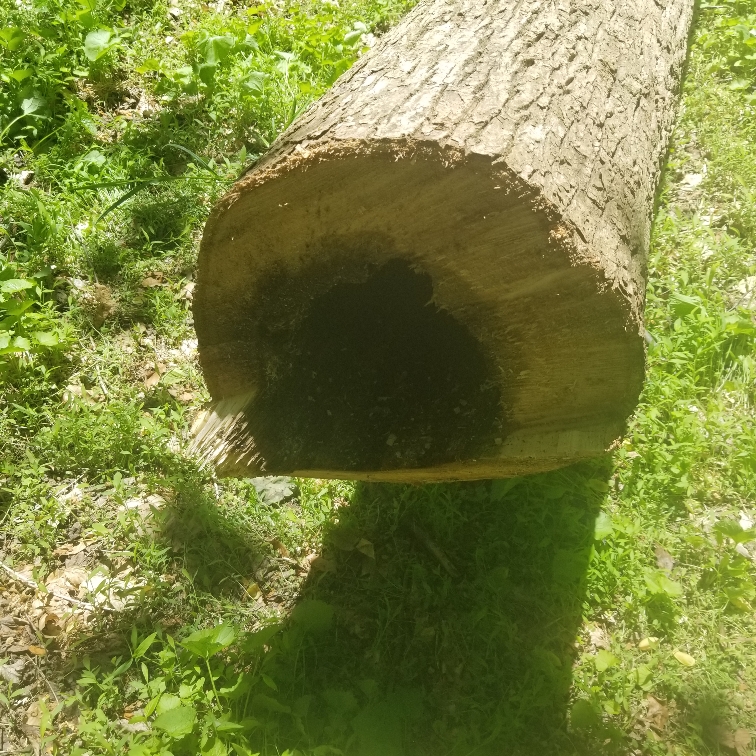Hi there. New to tree ownership and care, but we just had 3 big (60-80 feet) tulip poplars taken down. Two (one split trunk, actually) was a known gonner, so I wasn't too surprised to see the rot in the trunks. The others looked fine and heathly, but had rot, too. See pics.
Now we're worried that we have others with rot that we don't know about.
Questions for you.
1) Other than conchs (don't want to wait that long) are there good ways to diagnose rot without taking the tree down. On the noninvasive end, I read about a tool that tests to see if a trunk is hollow. On the invasive, I read about core sampling. Hard time finding good resources for a newby, pro/con comparisons, etc.
2) Arborist said it might be partly due to our wet ground. Does that make any sense? Our yard slopes down toward a stream, and these were in the lower part. It's definitely less dry than the upper yard, but not muddy.
Thanks! This forum has been great for us, and learning about trees so we can do more of our own care.
Sent from my SM-G955U using Tapatalk
Now we're worried that we have others with rot that we don't know about.
Questions for you.
1) Other than conchs (don't want to wait that long) are there good ways to diagnose rot without taking the tree down. On the noninvasive end, I read about a tool that tests to see if a trunk is hollow. On the invasive, I read about core sampling. Hard time finding good resources for a newby, pro/con comparisons, etc.
2) Arborist said it might be partly due to our wet ground. Does that make any sense? Our yard slopes down toward a stream, and these were in the lower part. It's definitely less dry than the upper yard, but not muddy.
Thanks! This forum has been great for us, and learning about trees so we can do more of our own care.
Sent from my SM-G955U using Tapatalk








